Plumeria Rust Fungus: How To Treat Plumeria Plants With Rust Fungus
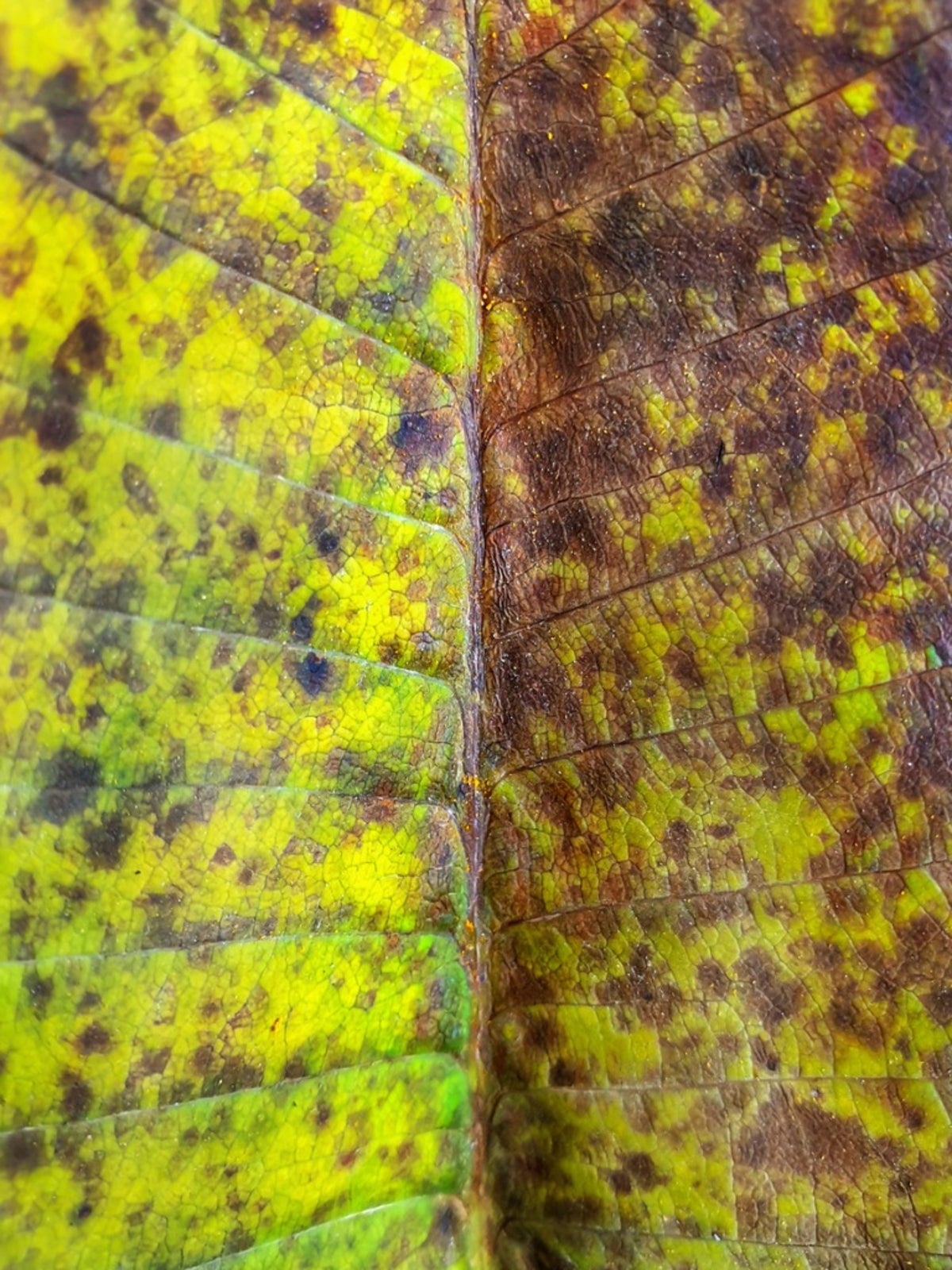

Plumeria, also known as frangipani or Hawaiian lei flowers, are a genus of flowering tropical trees, hardy in zones 8 through 11. While they are attractive trees in the landscape, they are mostly grown and cultivated for their highly fragrant blooms. Although fungal diseases can happen anywhere, warm, humid, tropical regions are especially favorable for fungal growth. Plumeria rust fungus is a disease that is specific to plumeria.
About Plumeria Rust Fungus
Plumeria rust fungus is specific to plumeria plants. It is caused by the fungus Coleosporium plumeriae. Plumeria rust affects the foliage of the plant but not the stems or flowers. Its spores are airborne or spread from plant to plant from the backsplash of rain or watering. When the spores make contact with moist leaves, they stick to them, then begin to grow and produce more spores. This fungus is most prevalent in warm, humid seasons or locations. Usually, the first noticeable symptom of rust on plumeria is yellow specks or spots on the upper sides of the leaves. When flipped over, the underside of the leaves will have correlating powdery orange lesions. These lesions are actually spore-producing pustules. These leaves may curl, become distorted, turn brown-gray, and drop off the plant. If left unchecked, rust on plumeria leaves can defoliate the whole tree in under two months. It will also spread to other nearby plumerias.
How to Treat Plumeria Plants with Rust Fungus
Plumeria rust was first discovered by botanists in 1902 on the islands of the West Indies. It quickly spread across all tropical regions where plumeria grows. Later, the fungus was discovered on commercial plumeria plants on Oahu, quickly spreading throughout all the Hawaiian Islands. Rust on plumeria leaves is usually controlled by proper sanitation, fungicides, and selecting disease-resistant varieties. When plumeria rust is discovered, all fallen leaves should be cleaned up and disposed of immediately. Affected leaves can be removed but be sure to properly sanitize tools between plants. To improve airflow around plumeria, keep the area around them weed-free and not overcrowded. You can also prune plumeria trees to open them up to good air circulation. Fungicides can then be used to spray the plumeria plants and the soil around them. Some studies have shown success in biologically controlling plumeria fungus with midges. However, the use of chemical fungicides kills midges. While plant scientists are still studying resistant varieties of plumeria, the two species Plumeria stenopetala and Plumeria caracasana have shown the most resistance to rust fungus so far. When planting in the landscape, using a diversity of several plants can keep the entire garden from falling victim to specific diseases.
Gardening tips, videos, info and more delivered right to your inbox!
Sign up for the Gardening Know How newsletter today and receive a free copy of our e-book "How to Grow Delicious Tomatoes".
-
 My Homemade Orchid Fertilizer Always Brings More Blooms – Here's The Easy Recipe That Transforms Plants
My Homemade Orchid Fertilizer Always Brings More Blooms – Here's The Easy Recipe That Transforms PlantsScientist-turned-gardener Mary Ellen Ellis shares her tried-and-tested DIY orchid fertilizer recipe, plus more ingredients to try for healthy, happy plants.
By Mary Ellen Ellis
-
 Looking For Plants To Give You The Soft And Fuzzies? Try These 5 Fuzzy Leaf Plant Options
Looking For Plants To Give You The Soft And Fuzzies? Try These 5 Fuzzy Leaf Plant OptionsLovers of texture, drama, silver foliage and tactile plants will adore these special sensory garden additions. These fuzzy leaf plant options will leave you all aglow
By Susan Albert
-
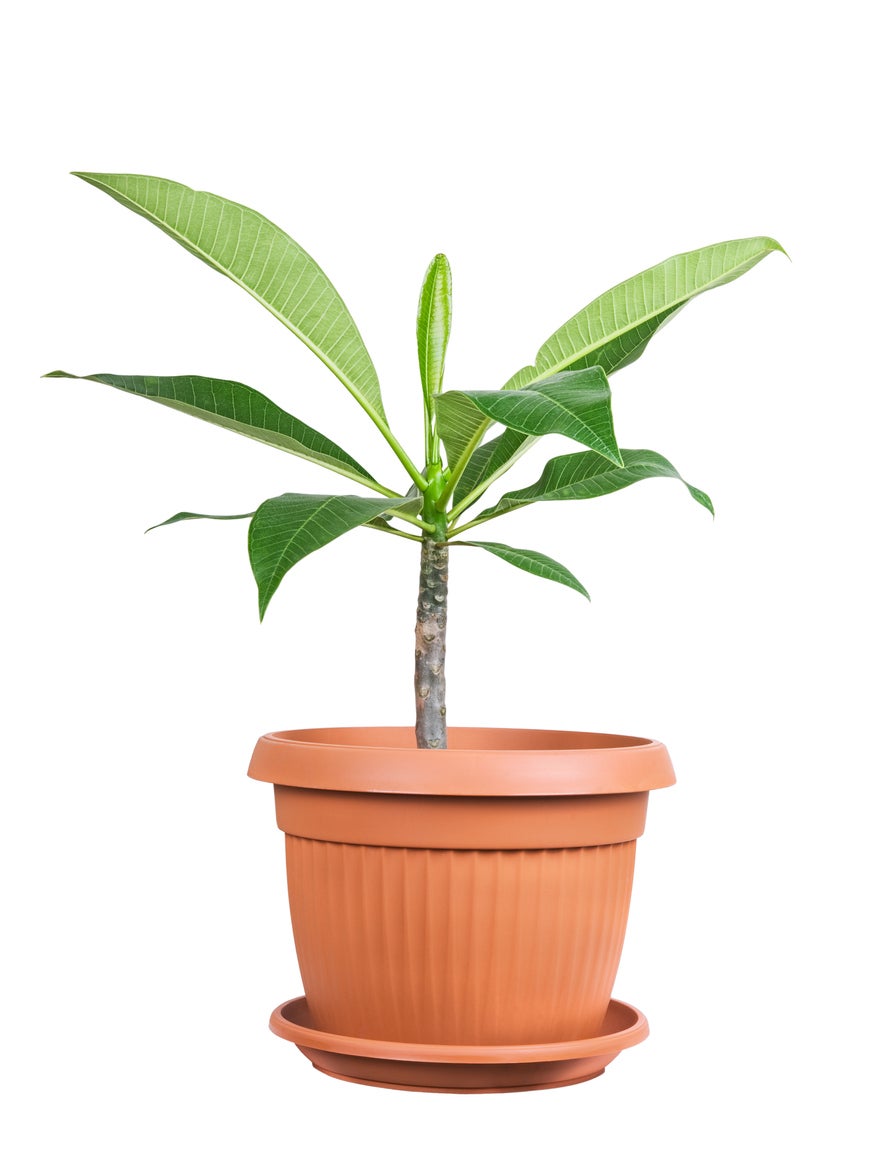 Plumeria Repotting Guide – Tips On When To Repot Plumerias
Plumeria Repotting Guide – Tips On When To Repot PlumeriasGrowing plumeria in a container requires repotting a plumeria yearly, in most cases. This encourages optimum growth and beauty. Plumeria repotting is not complicated, requiring a gentle touch and clean pruners. Take a look at the specifics in this article.
By Becca Badgett
-
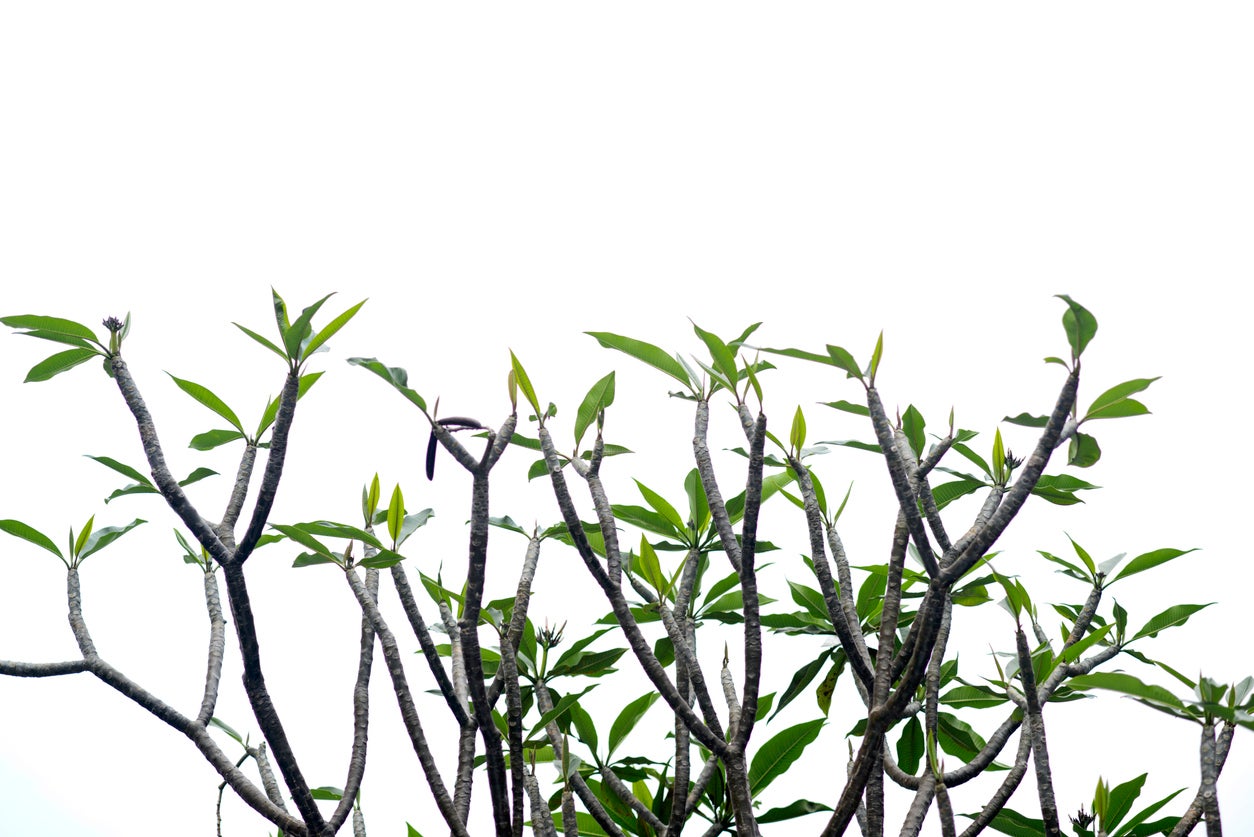 Making A Plumeria Branch: How To Encourage Plumeria Branching
Making A Plumeria Branch: How To Encourage Plumeria BranchingAlthough plumerias are surprisingly easy to grow, they can become lopsided or spindly. If your goal is to encourage plumeria branching, thus creating a fuller, balanced plant with more blooms, pruning is the way to go. Learn how to get plumeria to branch in this article.
By Mary H. Dyer
-
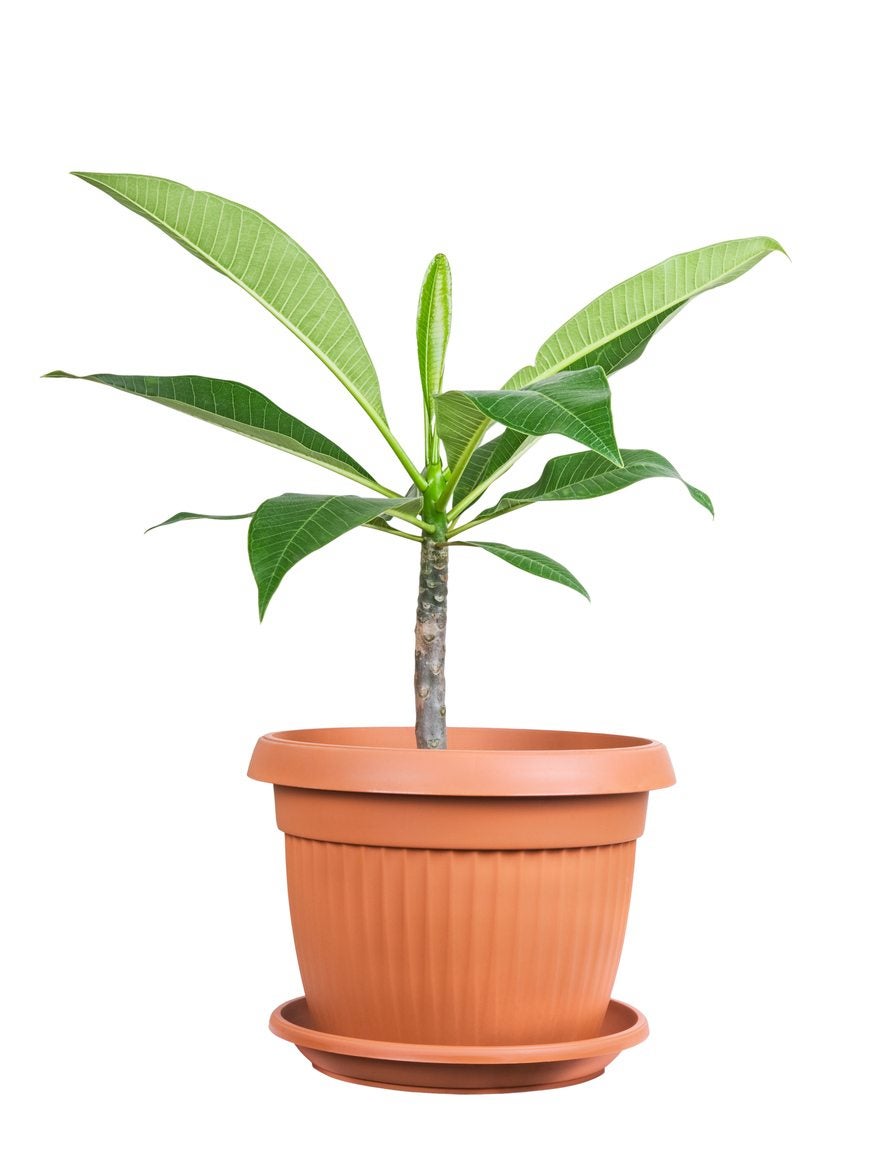 Indoor Plumeria Care – How To Grow Plumeria Plants Indoors
Indoor Plumeria Care – How To Grow Plumeria Plants IndoorsYou want to grow plumeria at home but feel geographically disadvantaged because you don?t live in the right planting zone (zone 9-11). But can you grow plumeria inside? What is required for indoor plumeria care? Click this article on to learn more.
By Shelley Pierce
-
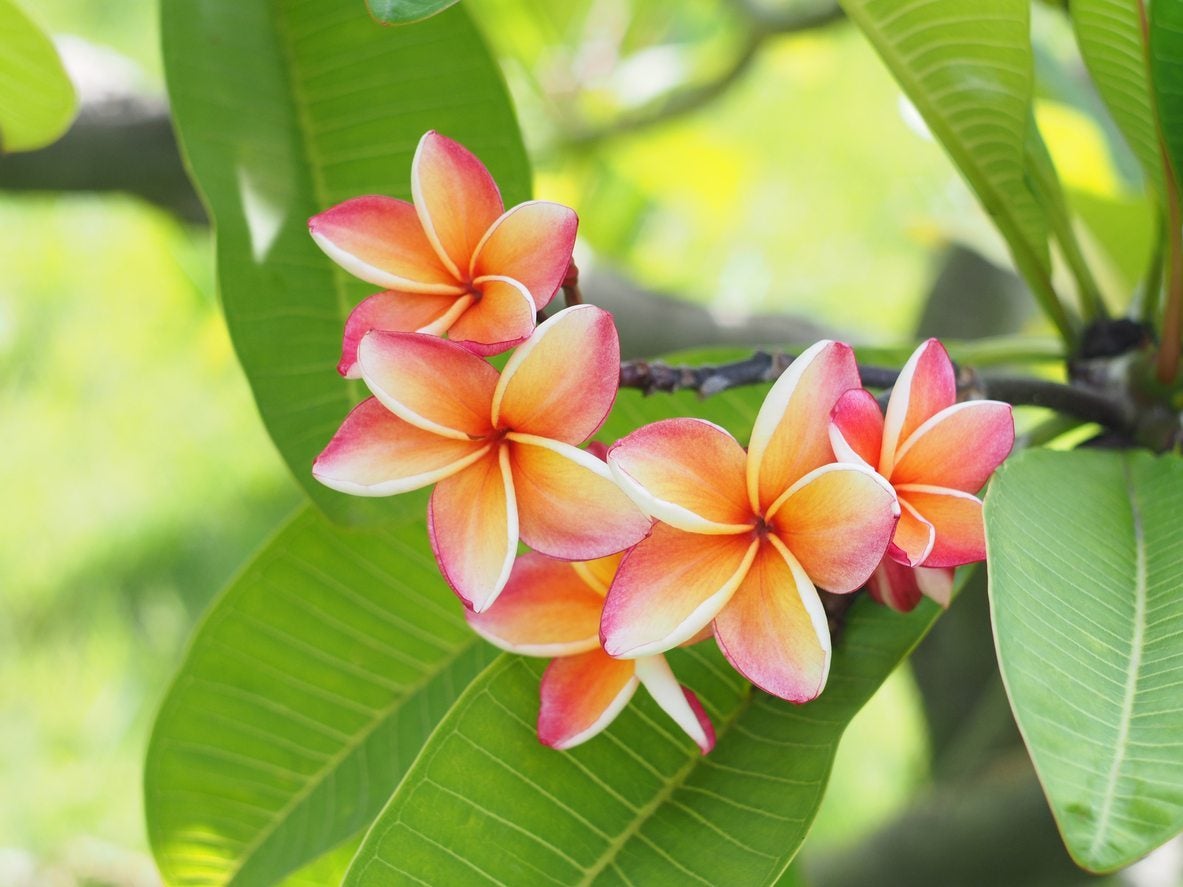 Moving Plumeria Plants : How And When To Move A Plumeria
Moving Plumeria Plants : How And When To Move A PlumeriaPlumeria can develop into large bushes with extensive root systems. Transplanting mature plants may be difficult, but transplanting a plumeria cutting is easy. Knowing when to move a plumeria is also an important aspect. This article will help with that.
By Bonnie L. Grant
-
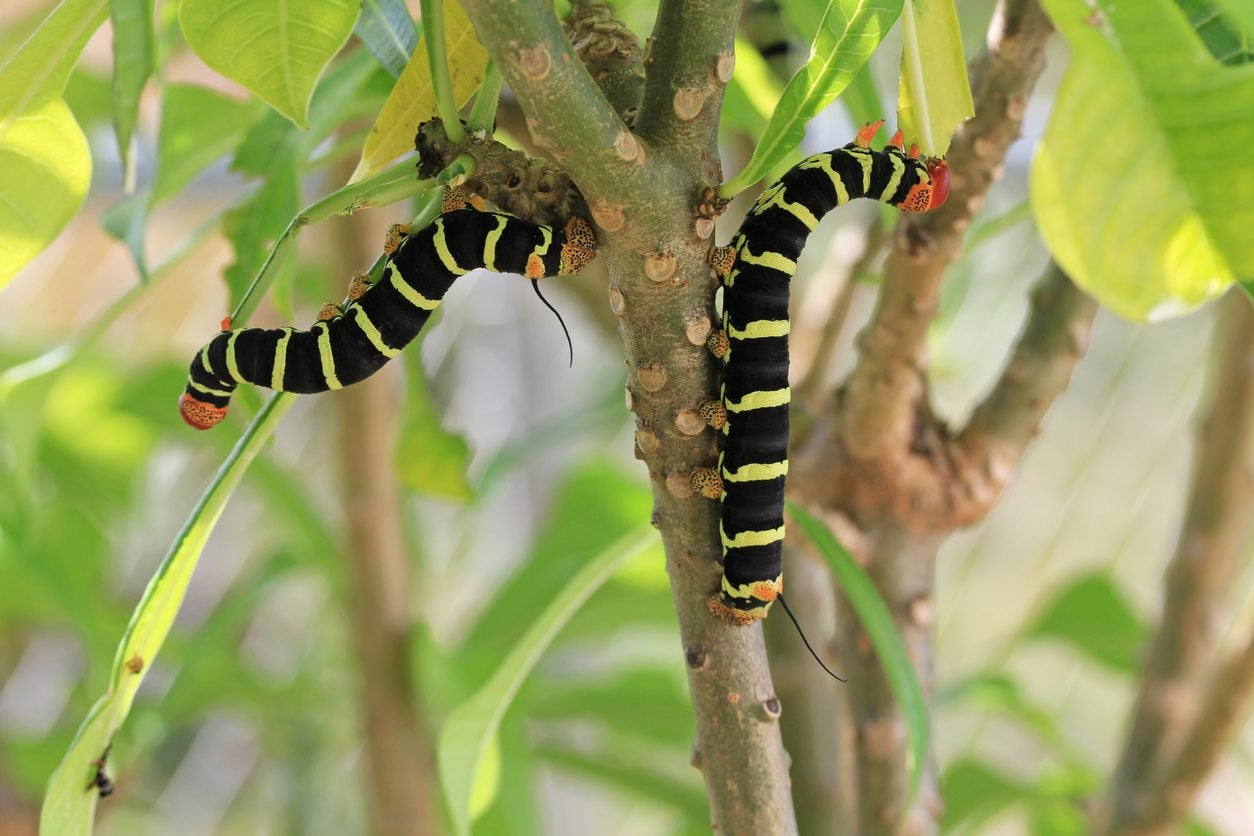 Plumeria Pest Problems – Learn About Pest Control For Plumerias
Plumeria Pest Problems – Learn About Pest Control For PlumeriasPlumerias are colorful and rewarding garden or patio plants. As with any plant, especially when it is stressed, you may have plumeria pest problems. On a positive note, common plumeria pests can be controlled with simple or organic treatments. Learn more here.
By Gardening Know How
-
 Plumeria Cutting Propagation – How To Grow Plumeria Cuttings
Plumeria Cutting Propagation – How To Grow Plumeria CuttingsPlumeria is a tropical and subtropical flowering plant that's very popular for its fragrance and for its use in making leis. Plumeria can be grown from seed, but it can also be propagated extremely well from cuttings. This article can help with that.
By Liz Baessler
-
 Plumeria Bud Drop: Why Are Plumeria Flowers Dropping
Plumeria Bud Drop: Why Are Plumeria Flowers DroppingIt can be upsetting to see plumeria flowers falling off or buds dropping before they open. This article provides information about plumeria flower drop and other problems with plumeria. Click here to find out why flower drop occurs and how to fix them.
By Teo Spengler
-
 Seed Pods On Plumeria – When And How To Harvest Plumeria Seeds
Seed Pods On Plumeria – When And How To Harvest Plumeria SeedsSome plumeria are sterile but other varieties will produce seed pods that look similar to green beans. These seed pods will split open, dispersing 20-100 seeds. Click here to learn about harvesting plumeria seed pods to grow new plants.
By Darcy Larum